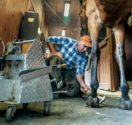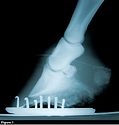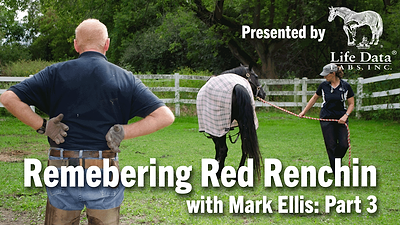Advertise Follow Us
Lamenesses
Shoeing for a Living
Shoeing Hunters and Jumpers before a Show
New York farrier Justin Galli says going with the flow is crucial when show schedules have been disrupted by COVID-19
Read More
News & Notes
2021 Omnibus Spending Bill Includes Funding for Equine Legislation
Unsafe horseracing practices and "soring" are among the bill's appropriations
Read More
Research Journal: December 2020
The information, ideas and opinions expressed are those of the author and do not necessarily represent those of the United States Department of Agriculture.
Read More











